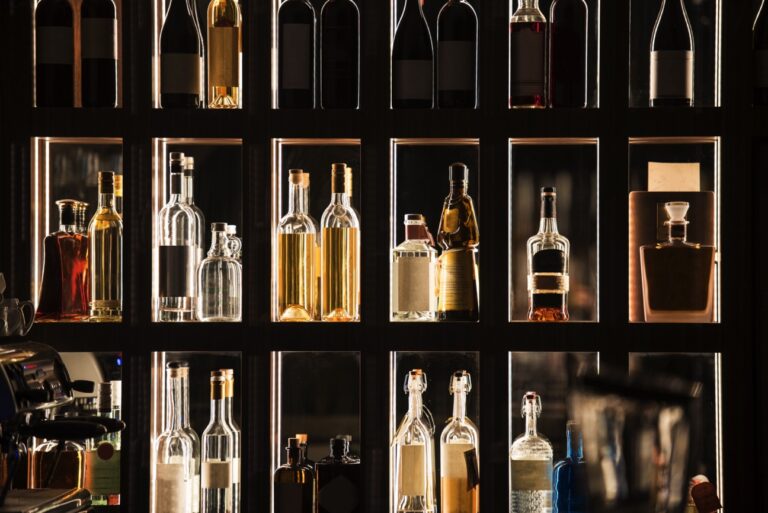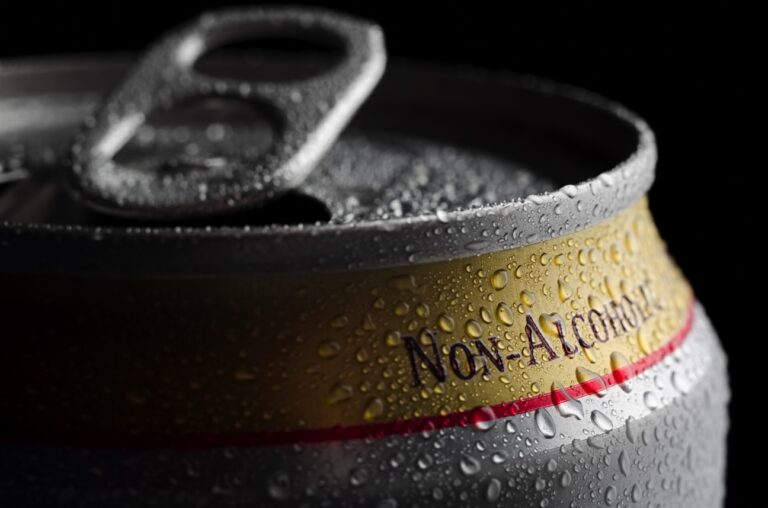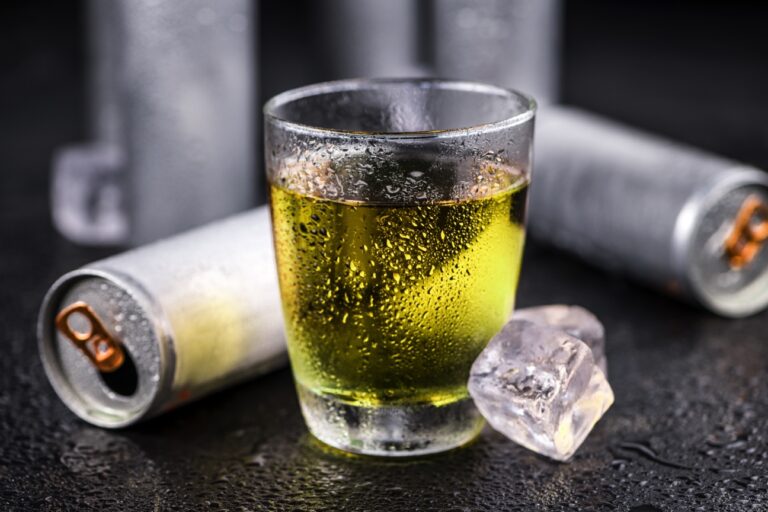
As more and more people look to alternatives to alcoholic beverages, non-alcoholic wine has grown in popularity. Discover its origins, how it has evolved over time, and various brands and pairings you may want to try for yourself.
Origin
The roots of non-alcoholic wine can be traced back centuries ago to the Middle East, where grape juice was traditionally used for medicinal and religious purposes. In ancient Persia, grape juice was fermented to make a popular beverage called “ab-resh,” which was cherished for its refreshing taste and purported health benefits. Similarly, in biblical times, grape juice was used in religious ceremonies as a symbol of purity and fertility.
The production of wine without alcohol continued to evolve over the centuries, with various methods and techniques employed to create alcohol-free versions of this beloved beverage. In the 19th century, the process of grape juice preservation was perfected, leading to the commercial production of alcohol-free wine in Europe and the United States. These early iterations of wine sans alcohol were often sweetened with sugar or fruit juice to mimic the flavors of traditional wine.
Advancements in winemaking technology in the 20th century paved the way for more sophisticated methods of producing non-alcoholic wine. Techniques such as vacuum distillation and reverse osmosis were developed to remove alcohol from wine without compromising its flavor profile. This allowed for the creation of non-alcoholic wines that more closely resembled the taste and complexity of their alcoholic counterparts.
Non-alcoholic wine today
In recent years, non-alcoholic wine has experienced a renaissance, with a surge in popularity among health-conscious consumers, those seeking sobriety, and those looking for alternative beverage options. Modern brands that eliminate the alcohol from their wines craft them with meticulous attention to detail, using high-quality grapes and winemaking techniques that preserve the flavors and aromas of the wine while eliminating the alcohol content. Non-alcoholic wines are now available in a wide range of styles, varietals, and regions, offering an impressive array of options for discerning palates.
Flavor profiles
The taste of non-alcoholic wine has come a long way. While it’s true that the absence of alcohol affects the mouthfeel and body of the wine, modern wines without alcohol are crafted to capture the essence of traditional wine. Non-alcoholic wines can offer a spectrum of flavors, from crisp and refreshing whites with notes of citrus and tropical fruits, to aromatic and elegant rosés with hints of berries and flowers, to bold and complex reds with nuances of dark fruits, spices, and oak. Some non-alcoholic wines are even aged in barrels to develop depth and character, adding to their appeal for those who appreciate the complexities of wine.
Non-alcoholic wine brands
- Ariel Vineyards – Ariel Vineyards offers a variety of non-alcoholic wines, including Chardonnay, Merlot, and Cabernet Sauvignon.
- Sutter Home Fre – Sutter Home Fre offers a range of non-alcoholic wines, including Chardonnay, White Zinfandel, and Merlot.
- St. Regis – St. Regis is a luxury brand that includes many types of non-alcoholic wines, including a non-alcoholic sparkling wine. Their products are designed to offer a sophisticated and elegant drinking experience.
- Carl Jung – Carl Jung is a German brand that offers a range of non-alcoholic wines, including Riesling, Chardonnay, and Rosé. Their products are made with high-quality grapes and are designed to be enjoyed by those who cannot or choose not to consume alcohol.
- Pierre Chavin – Pierre Chavin is a French brand that offers a range of non-alcoholic wines, including a non-alcoholic rosé. Their products are made with natural ingredients and are designed to offer a complex and satisfying drinking experience.
Non-alcoholic wine pairings
Non-alcoholic wine also presents a world of possibilities when it comes to food pairing. Just like traditional wine, it can enhance the flavors of various cuisines and dishes.
- Non-alcoholic whites are crisp and acidic lending them to pair best with seafood, salads, and light poultry dishes.
- Non-alcoholic rosés are fruity & aromatic and can elevate the flavors of grilled vegetables, cheeses, and charcuterie.
- Non-alcoholic reds tend to be bolder and can accompany heartier fare like roasted meats, pasta, and stews, providing a satisfying and flavorful pairing experience.
The versatility of non-alcoholic wine makes it a versatile and exciting option for food lovers and wine enthusiasts alike.
Tips for enjoying non-alcoholic wine
- Experiment with different brands and varietals to find the ones that suit your taste preferences.
- Chill non-alcoholic whites and rosés to the right temperature for optimal enjoyment.
- Use proper glassware to enhance the aromas and flavors of the wine.
- Pair non-alcoholic wine with food to elevate your dining experience.
- Consider decanting non-alcoholic wine to allow it to breathe and develop its flavors.
- Don’t compare non-alcoholic wine directly with traditional wine, but appreciate it for its unique qualities. Cheers!










